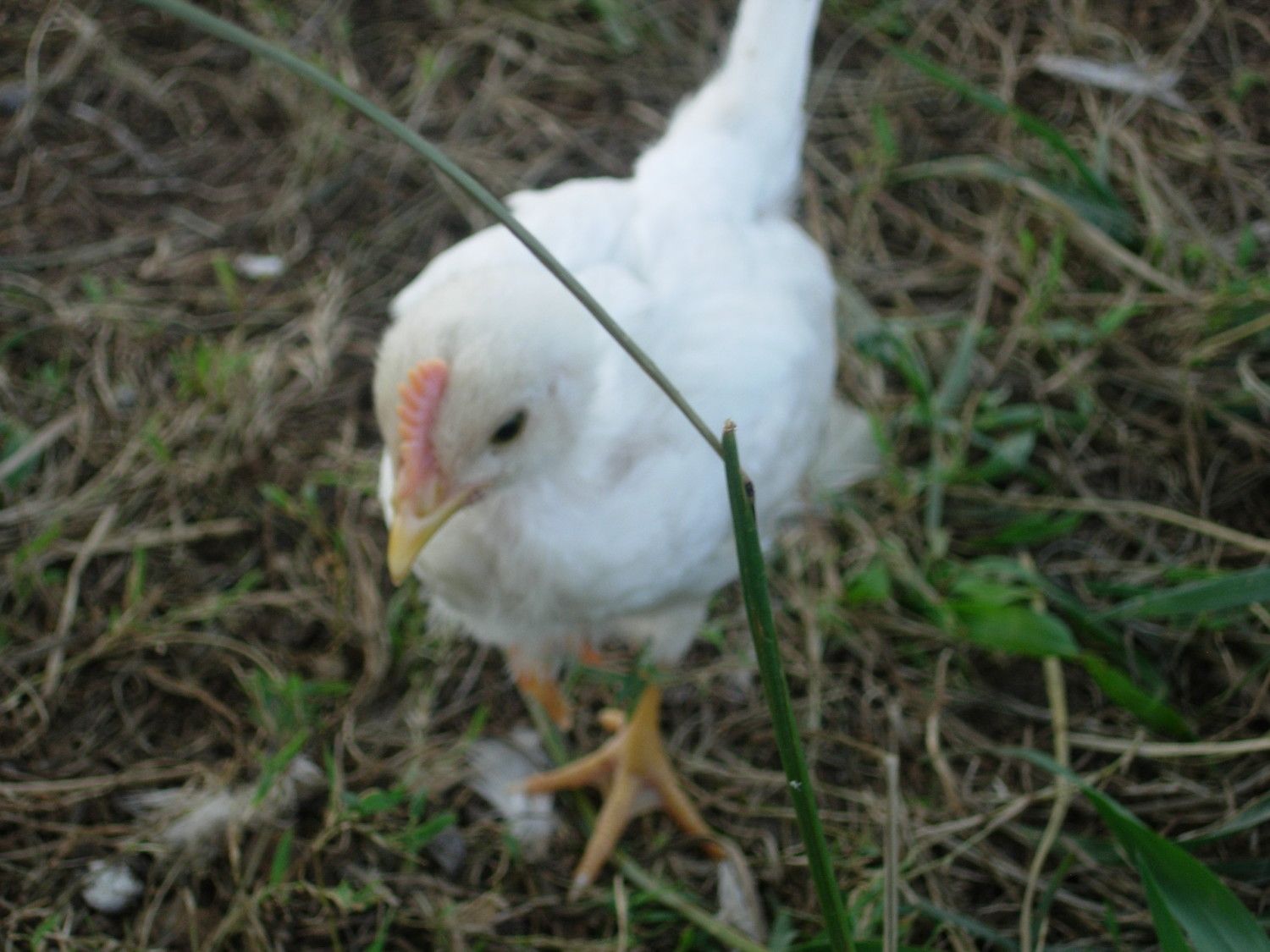We have a real mix of backyard chickens and this is the first time we let Broodies set eggs. Out of 8 white eggs ALL are Roo's. The Rooster is a Game Hatch and the hen is a White Leghorn. They all came out white or light yellow with black spots, some have 1 or 2 black spots and some more. The black spots are only coming through on the wings on 2 of them.
So, my question, is this all genetics or just dang bad luck that all WL eggs became Roo's? The other crosses were hens of BO, RIR, of those all are pullets.
Thank you in advance for any help you can give. In the future I may not hatch anymore white eggs.
So, my question, is this all genetics or just dang bad luck that all WL eggs became Roo's? The other crosses were hens of BO, RIR, of those all are pullets.
Thank you in advance for any help you can give. In the future I may not hatch anymore white eggs.
Last edited:



 I've had WL before and the the pullets all had yellow to pale colored combs and NOT that large at this young age. I'll go out and take some pics tonight!
I've had WL before and the the pullets all had yellow to pale colored combs and NOT that large at this young age. I'll go out and take some pics tonight!

